Glossary of Porsche Terms for Beginners
公開日:2018.10.23

Encountering Unknown Industry Terms Every Day
Lately, when I receive owners’ files about their beloved Porsches or read reviews in motor magazines, I often come across words that make me think, “Huh? What does this mean?” While these terms are common knowledge among Porsche owners and car enthusiasts, as a layperson, many of these words are new to me, and sometimes I have to ask my husband to explain them.
The other day, I jotted down these terms and found there were easily more than ten. So today, I’d like to introduce a “Glossary of Porsche Terms for Beginners.” That said, I’m sure most of you reading this blog already know these terms, so please enjoy this from the perspective of “Ah, these words just don’t make sense to a wife who knows nothing about cars…” lol
Examples of Terms ①–⑱
① MY2018
At first, I thought “MY” meant “my”, and I laughed, thinking, “No need to specify ‘my car’—that’s obvious!” But later I realized I was completely wrong and felt quite embarrassed. MY actually stands for “model year.”
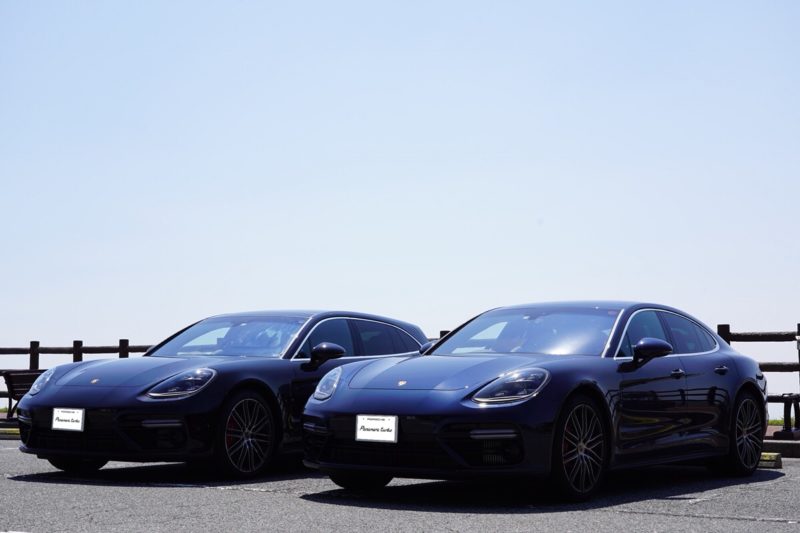
In Europe and the US, this term is used to roughly indicate the year a car was manufactured. However, for example, the 2018 model year cars start production around mid-2017 and are sold from the third quarter onward, so the model year doesn’t always match the calendar year. For Porsche, the model year changes around summer each year; for instance, a car produced in July is considered the next year’s model year. Incidentally, our Panamera Turbo was produced in July 2017 and is “MY2018.”
② C2S
At first glance, I thought this was some kind of chemical formula like “H2O” (maybe that’s just me…). But C2S actually stands for “911 Carrera (C) with 2-wheel drive (2) and S.” So, a Carrera 4S would be written as “C4S.”
③ 991.1
You often see notations like “996.1” or “991.2.” The numbers “996” and “991” are model codes and also serve as internal development codes. The number after the dot, “1” or “2,” indicates whether it’s an early model (1) or a later model (2). So, “991.1” means the early version of the 911 Carrera (991 model). By the way, our Panamera Turbo is a “971.1.”
④ 2+2 Seats
This refers to a car with two full-size adult seats plus two occasional seats (these meet seating capacity regulations but are cramped and not really suitable for adults to sit in for long periods—more like temporary seats), making it a four-seater.
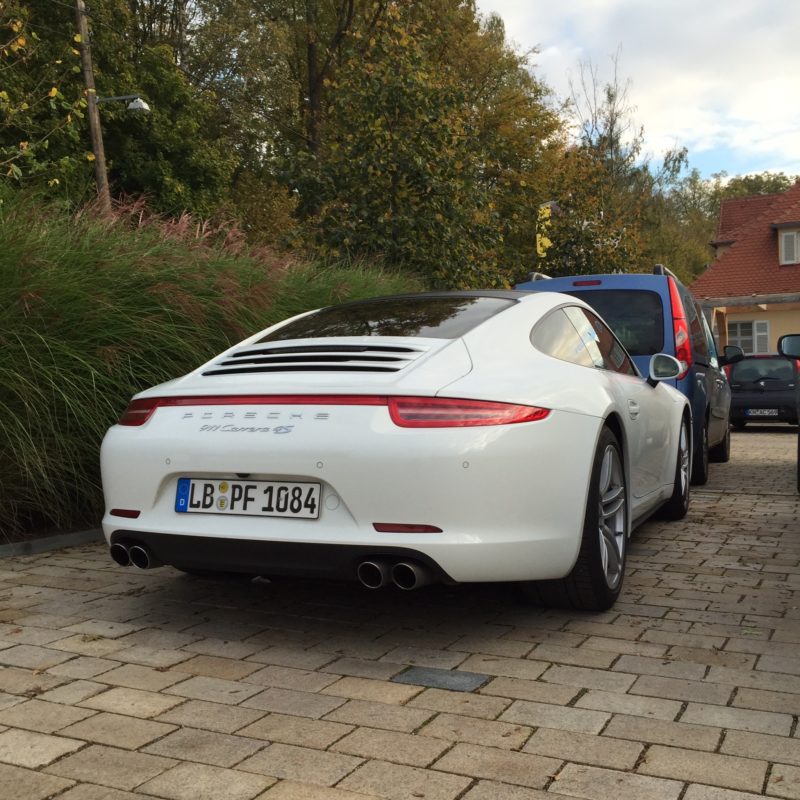
Therefore, the 911’s seating is described as “2+2” because it has two adult seats plus two occasional rear seats. My husband then asked me,
“Okay, quiz time. How would you describe the seats in the Panamera Sport Turismo?”
Confidently, I answered, “2+3 ( ̄ー ̄)!!”, but he shot back,
“No way! It’s 4+1!ヽ(`Д´)ノ”
Ah, I see how that works now.
⑤ Roll Cage
A roll cage is installed inside race-spec cars like the GT3. It’s a frame made of steel or aluminum tubing integrated into the cabin to protect occupants in the event of a rollover accident. It’s also called a roll-over bar and is often nicknamed a “jungle gym” because of its appearance.
⑥ Narrow Porsche
This term refers to the first-generation 911s up to 1973, which have a narrower body width. In Japan, they are called “Narrow (meaning slim or thin) Porsches.” In the US, they are known as “Early Porsches.”
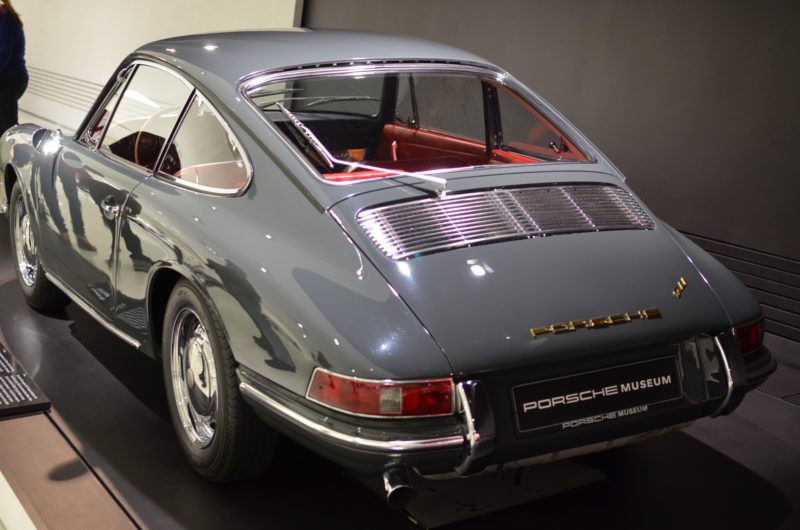
⑦ Bosch
Bosch is a German multinational electrical equipment manufacturer. In Japan, it’s well known for household appliances, but in the automotive world, it’s famous for producing fuel injection systems. Porsche has been using Bosch fuel injection systems since the 1968 911E.
⑧ Weissach Package
“Weissach” comes from Porsche’s research and development center, the Weissach Research Institute, which is the heart of Porsche’s technology and know-how. The Weissach Package is characterized by its thorough lightweight construction, offering a driving experience as close to motorsports as possible. It’s designed specifically for serious circuit driving and is currently only available as an option on the GT2 RS and GT3 RS.
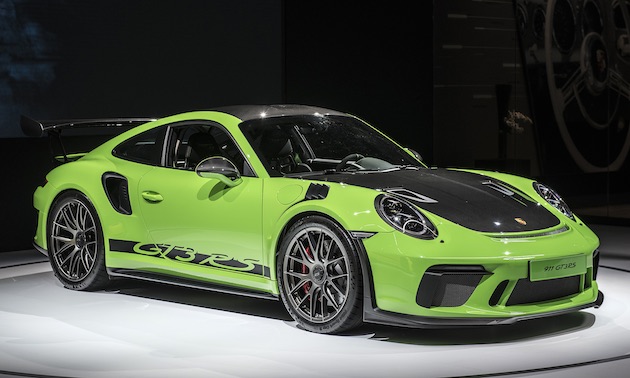
⑨ 911 Speedster
A traditional limited-edition Porsche model featuring a lower front windshield, manually operated soft top, and a “double bubble” design (like the Boxster Spyder). It is always released at the end of the current generation. The new 911 Speedster was recently announced and has generated a lot of buzz.
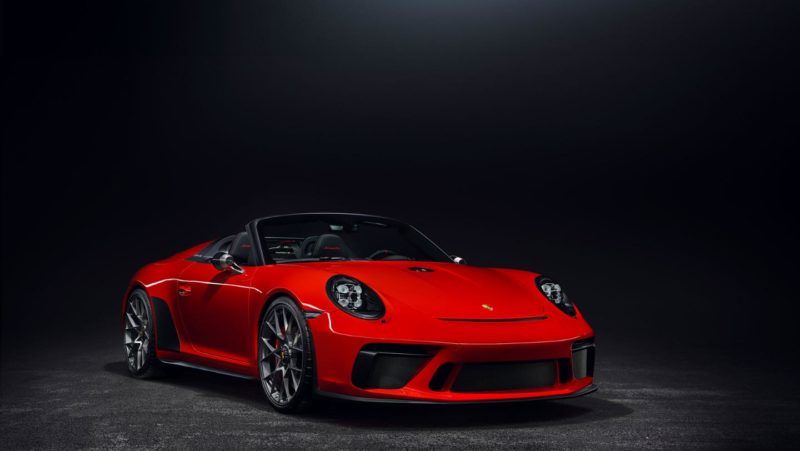
⑩ Air-Cooled (Porsche)
Porsches equipped with air-cooled engines. Air cooling means the engine uses outside air to dissipate heat generated during operation. This type of engine was used in the 356 and the 911 series up to the 993 model.
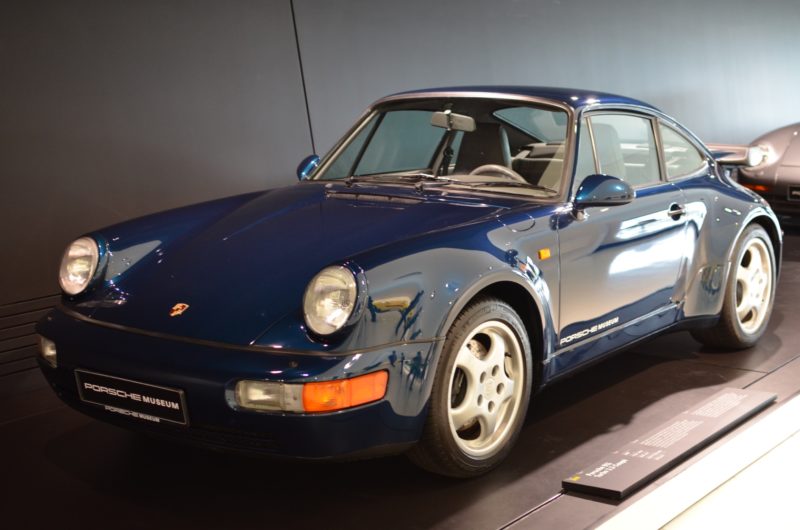
⑪ Water-Cooled (Porsche)
Porsches from the 996 model onward use water-cooled engines. Water cooling uses water or coolant to absorb and dissipate heat generated inside the engine. Compared to air-cooled engines, water-cooled engines offer more stable cooling and quieter operation. However, they are more complex, requiring more parts and adding weight.
⑫ “Nana-san Carrera”
A lightweight 911 body fitted with a bored-up 2.7L engine (up from the 2.4L in the 911 T/E/S), this GT race model’s road version debuted in 1973, hence the nickname “Nana-san Carrera” (Seven-Three Carrera). It’s famous as the car driven by the rival of the protagonist in the manga “Circuit no Ōkami,” who drove a Porsche 911 Carrera RS against a Lotus Europa.
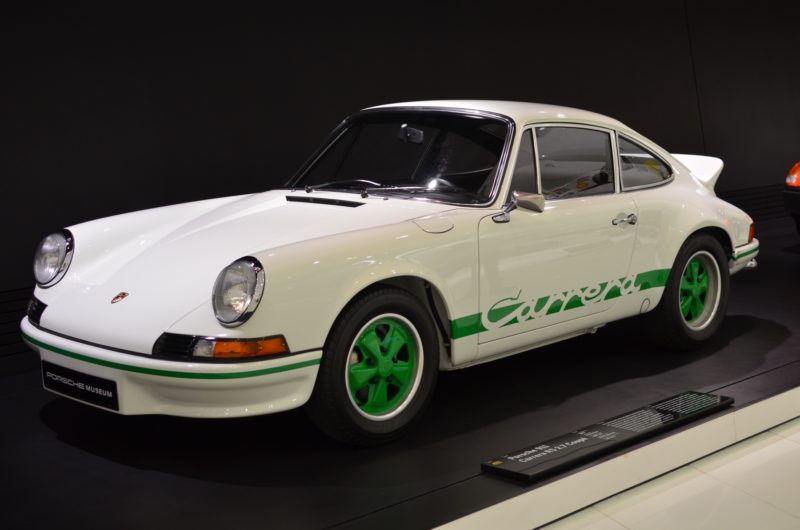
⑬ RS
RS stands for Renn Sport, meaning “pure racing model.” The RS badge was given to race cars competing in events like Le Mans and Mille Miglia. The first production car to carry the RS name was the 1973 911 Carrera (Nana-san Carrera) RS.
⑭ Fuchs (Wheels)
FUCHS is a German forged wheel manufacturer founded in 1910. Their wheels were fitted to the original 911 and supplied as genuine Porsche parts for about 20 years. Even today, Porsche’s online car configurator offers wheels inspired by FUCHS designs.

⑮ Flat-Six
This refers to the horizontally opposed 6-cylinder SOHC engine, a tradition in the 911. It’s called a Flat-Six because of its flat, horizontally opposed six-cylinder layout.
⑯ Brembo
An Italian manufacturer of automotive and motorcycle disc brakes, founded in 1961 around the time disc brakes were invented. Brembo is globally renowned for high-performance brakes used on supercars such as Ferrari, Lamborghini, Mercedes-Benz, BMW, and Lexus.
Porsche’s brakes are also Brembo-made, but unlike other manufacturers who simply fit Brembo brakes, Porsche designs and develops their own brake systems and has Brembo manufacture them, as I once read somewhere.
⑰ Recaro
Founded in 1906 in Germany as “Reutter Carosserie,” originally making horse-drawn carriages. With the advent of automobiles, they expanded into car bodies and interiors. In 1963, with the expansion of Porsche 911 production, they became Porsche’s exclusive seat manufacturer and changed their name to RECARO, derived from the initials of Reutter Carosserie. From the late 1960s, they expanded to manufacture and sell seats for other car makers as well.
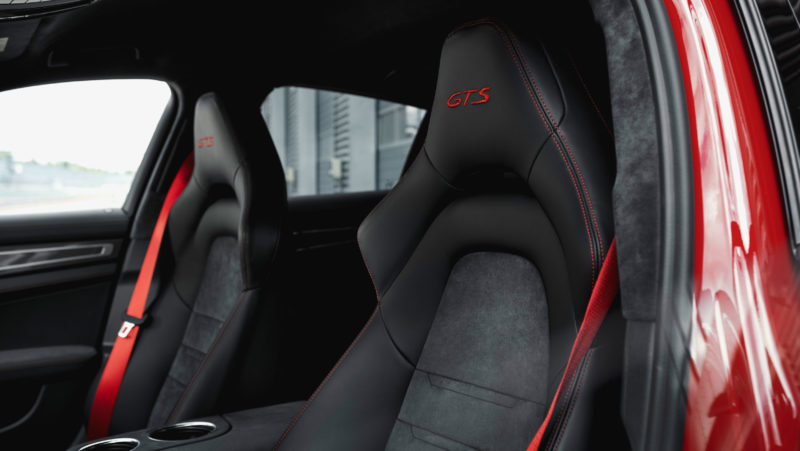
⑱ Intermi (Problem)
A known issue affecting engines in the 996 and early 997 models. It involves the intermediate shaft (which transmits motion from the crankshaft to the camshaft), where bolts or bearings deteriorate over time and break. From the late 997 model onward, Porsche switched to direct injection engines that no longer have an intermediate shaft, so the Intermi problem was resolved.
I’m sure I’ll encounter more unfamiliar terms in the future, so once I have about 20, I’ll share another list (lol).
このブログが気に入ったらフォローしてね!


Comment ( 0 )
Trackbacks are closed.
No comments yet.